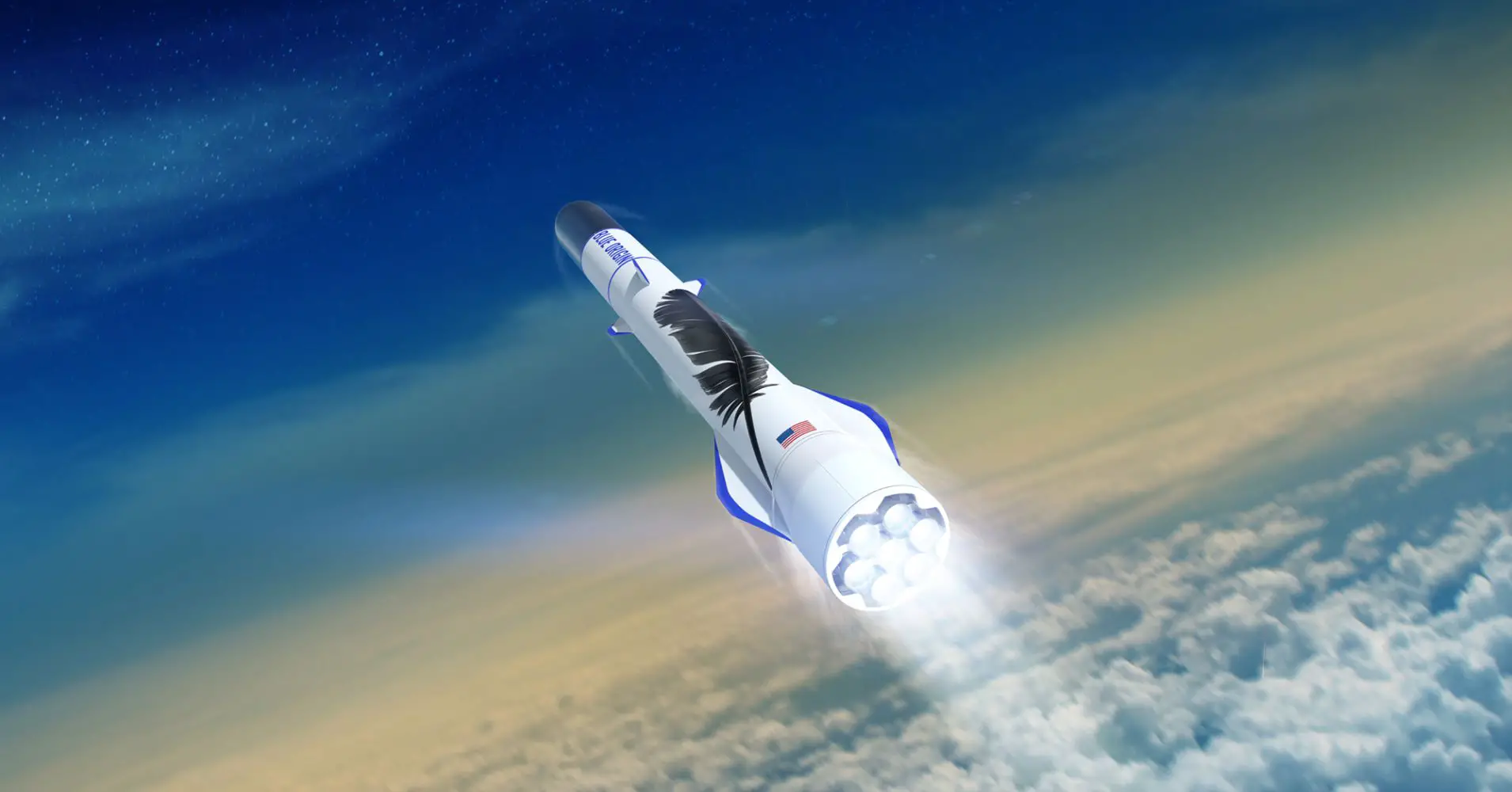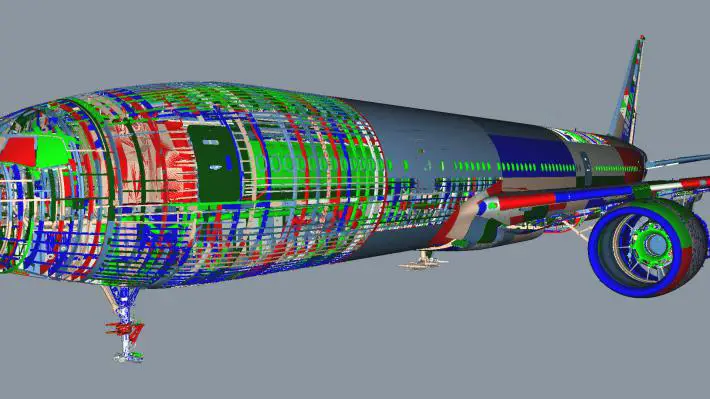Electric propulsion technology and the COVID-19 pandemic are changing the way we think about travel.
Table of Contents
The Pre-Covid transportation
With 2020 coming to a close it gives us a chance to reflect and look back at where we have been, but more importantly where we are going next. The COVID-19 pandemic continues to transform the way we live and work. It has also accelerated our thinking about the way we look at vehicles and their effects on the environment.
Transportation makes up a quarter of the world’s harmful air emissions – and it is not showing any signs of slowing down. The rise in global-warming greenhouse gases is driving the need for cleaner transportation. It is a familiar challenge and one that will not change unless we get serious about climate change.
The pandemic has provided some relief and a glimpse into the future. Traffic is light and more people are working from home now than ever before. However, this relief will likely only be temporary.
New era in flight
Electric aircraft – from urban air mobility to regional transport jets – will help to change that when the first of these next-generation flights leave the runway in just a few years. This new form of clean transportation will have multiple utilities: people, cargo, logistics, rescue, and emergency support. It will not only open the door for a new way to commute, but will take cars off the road. Reduced traffic will open up roadways and further reduce emissions in the places where we live, work and visit.
These futuristic aircraft will also create a new wave of airway traffic patterns that connect the cities to the suburbs and rural areas. This shift out of the city has the potential to reshape the way we think about work and where we live. It could create new high tech work hubs outside of the city as people and goods can travel between locations with ease. This not only makes more remote work possible, but could also create a new talent pipeline outside of the city.
Going green
Moving to all-electric or hybrid electric aircraft helps to reduce emissions as they will burn little to no fuel. These new systems will not rely on jet fuel to fly, but instead will use a combination of electric generators, motors, batteries, and smart controls.
This presents a new challenge for our industry, as we prepare to take the next giant leap in aviation. For companies like BAE Systems, it is an inflection point and opportunity to help shape the future of flight. Our team is committed to action with purpose and is ready for this important moment. For nearly a half century, we have solved some of the toughest challenges in flight critical electronics. Now we are ready to help write the next great chapter in aviation history.
Our role in that mission is to create green energy systems and controls that meet the expectations of our industry. For us, that means making them safe for flight. That will always be our top priority. It is why we continue to work closely with authorities in the industry to shape the future.
For the people behind the innovation, it’s a chance to change the world and the way we travel forever. For companies like BAE Systems, it’s an opportunity to push the engineering limits of what is possible and bring a whole new greener ecosystem to life.
By Mark Drechsler – Sr Director Business Development at BAE Systems (original post here )
Feel free to contact us here to propose content to be published on AerospaceExport





